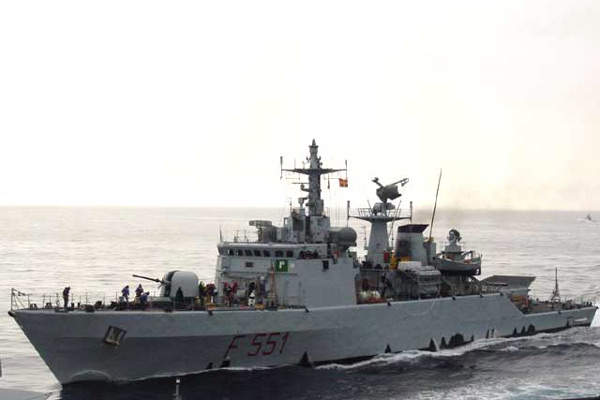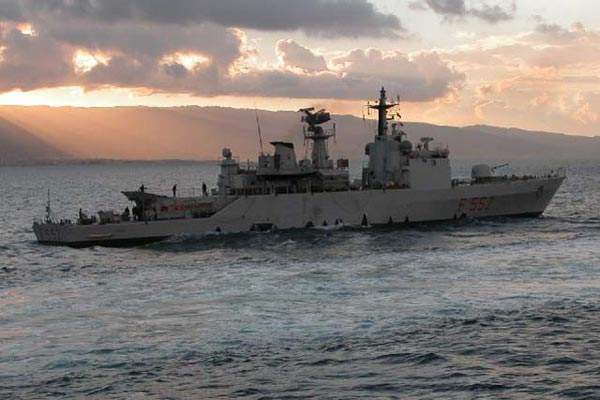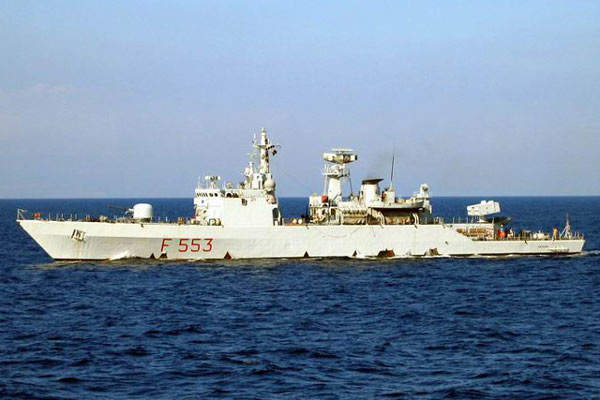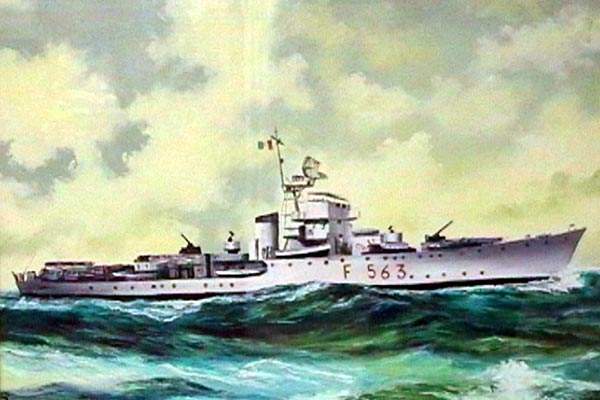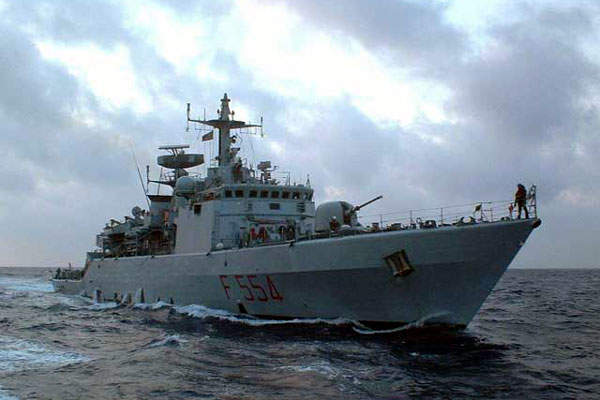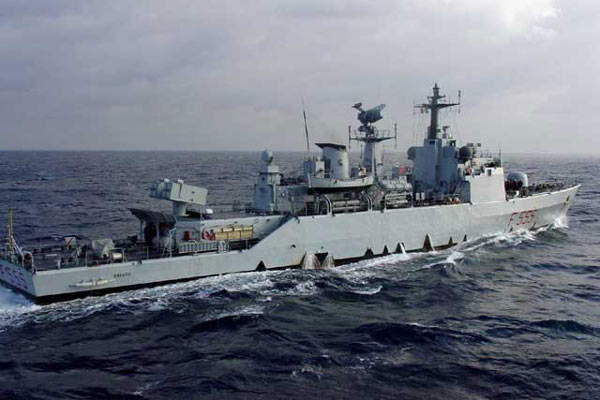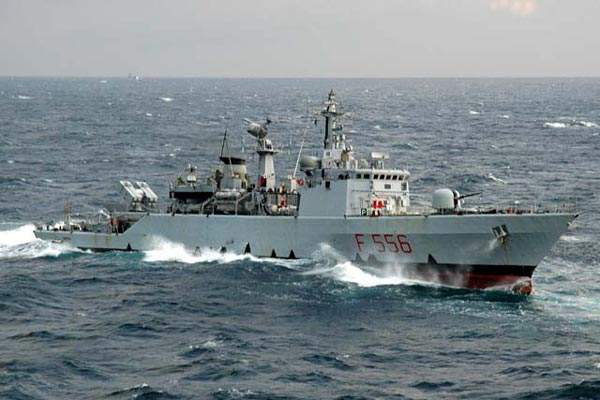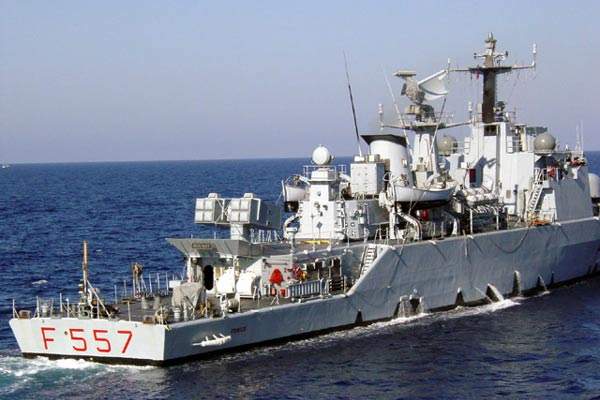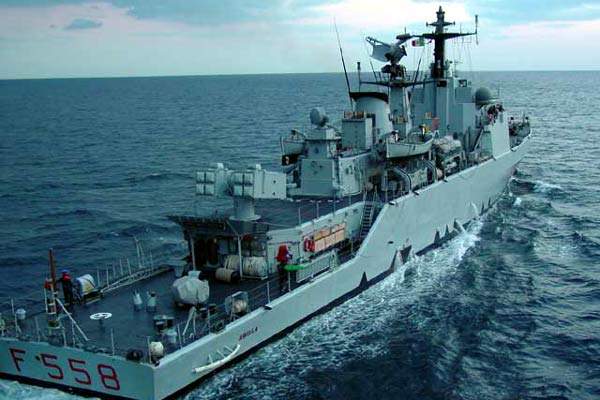The Minerva Class comprises eight warfare ships built by Fincantieri for Marina Militare, the Italian Navy. The corvettes were built in two series of four vessels each, all being given mythological names.
The first series includes Minerva F551, Urania F552, Danaide F553 and Sfinge F554. Corvettes built in the second series include Draide F555, Chimera F556, Fenice F557 and Sibilla F558.
Minerva Class corvettes operate mainly in coastal areas. The main missions include sea traffic policing, EEZ (economic exclusion zone) patrolling, surveillance at fisheries and commandos training.
Certain warships in the Minerva Class were chosen from the Gabbiano Class corvettes. The Gabbiano Class included 59 warships that were built to carry out anti-submarine and escort activities during World War II. The corvette class was built for the Regina Marina Italiana (Italian Royal Navy).
Minerva Class Design
The Minerva Class warships were designed to maintain a good balance between superstructure and lines of the hull during sailing.
Although small in size, the architecture employed in the corvette provides deck space sufficient to add more weapon systems in future. Electromagnetic signature has also been limited in all the Minerva Class warships. Automation systems installed in the warships allow operations to be conducted from the bridge.
Structural components of the Minerva F551 were designed in Italian style. Structure and electronic equipment employed in the corvette design were aimed to preferably maximise its anti-aircraft capabilities.
The Gabbiano Class of Sfinge F554 was originally designed to have a displacement of 740t when fully loaded.
The Fenice F557 derived its name from Egyptian mythology and originally belonged to the Gabbiano Class. Although the Gabbiano version was built of poor quality steel, it was one of the significant achievements during the Italian war period.
Weapons, missiles and torpedoes
Minerva Class warships are armed with a single 76/62mm gun. Six anti-submarine warfare torpedoes of 324mm are also installed. Missile systems include eight Aspide missiles along with Albatros surface-to-air missile systems, manufactured and supplied by MBDA Missile Systems.
The missile development company has also developed a new version, named Aspide 2000. The new version is capable of defending consort ships against air attacks and can provide close area defence for the launch ship. Marina Militare is currently upgrading the existing Albatros system to suit the new missile version.
The Gabbiano Sfinge 554 was armed with eight grenade launchers and two bombs, two torpedoes and towing and a 100/47 gun. It was powered by dual diesel engines of 3,500HP and two electric motors. The maximum speed was 18kt.
Orders and deliveries
The Minerva F551 was set in the Riva Trigoso shipyard on 11 March 1985, and launched a year later in 1986. Delivery to the Italian Navy was made in June 1987.
Urania F552 derived its name from the muse, who were described as the mythological protector of arts, science and deity of all other forms of knowledge. The corvette was launched on 10 June 1987.
Italian Navy received the Danaide F553 in February 1988. The Sfinge F554 was initially built by CRDA San Marco in the port of Trieste, in the Gabbiano Class corvette. It entered into service in 1943 and ended services for the Gabbiano Class in 1976.
Sfinge F554 for the Minerva Class was delivered to the Italian Navy on 21 January 1988.
Draide F555 entered the Minerva Class on 7 September 1991.
Chimera F556 was delivered to the Italian Navy on 15 January 1991. The warship was built at the Muggiano shipyard.
Fenice F557 was built at Muggiano and was delivered to Marina Militere in September 1990.
The Sibilla F558 was built at Riva Trigoso shipyard and was delivered to the Italian Navy on 16 May 1991. A Gabbiano Class vessel of the same name ended service in 1971. The National Association of Sailors, Lovere Italy section handed over the battle flagship to Genoa in April 1993.
Operations and missions
The operational utility of the Minerva F551 has currently been limited to supervising, presence and activity monitoring, controlling migration flows to Italy, and assisting Italian motor boats (motopesca). The School of Naval Command uses the ship in its training activities. In addition, the corvette has been used in several exercises conducted in co-operation with Mediterranean countries.
The Danaide F553 was sent to the squadron in La Maddalena, after Marina Militare completed initial training on the delivered warship. During Sardinia’s war in the 1940s, the warship was involved in 20 anti-submarine missions and later in military transport after armistice was reached. For three months before the armistice, the Danaide F553 was employed to escort the traffic between Sardinia, Corsica and Tyrrhenian High ports. The corvette was often a target for torpedo bombers and airplane attacks. It has always escaped undamaged from these attacks, exhibiting its escorting capabilities.
It was transferred to Taranto in 1948 for modernisation works. It remained among the commando school training fleet till 1965, before being sent to the 3rd marine division of the Coastal Naval Group. Its services came to an end on 20 February 1968, when the disarmament passed by Italy in 1967 resulted in removing the warship by presidential decree.
The Minerva Class Sfinge F554 represented various Nato missions and exercises during 1989-1993. From 1994, the warship was employed for migration control and supervising activities. During 1994-2000, the Sfinge F554 was additionally employed in carrying out complex exercises such as training in naval and air related activities.
The older Draide F555 was initially launched in 1943. It was employed for various activities including escorting and performed 89 different missions before the armistice. Later, it was employed in commando training and special missions before being disarmed in 1966, and used exclusively for naval escorts.
Chimera F556 corvette is currently utilised in vigilance activities, monitoring and controlling immigration flows, open sea operations and international helicopter/aircraft training. It is also employed in exercises within the Nato and naval activities in the Mediterranean.
Sibilla F558 warship is currently being employed by the Commando of the Forces of Patrolling for the Defence and Coastal Surveillance (COMFORPAT). The commando has employed the corvette mainly in vigilance operations, controlling clandestine immigration and training at the Augusta School of Naval Command.

